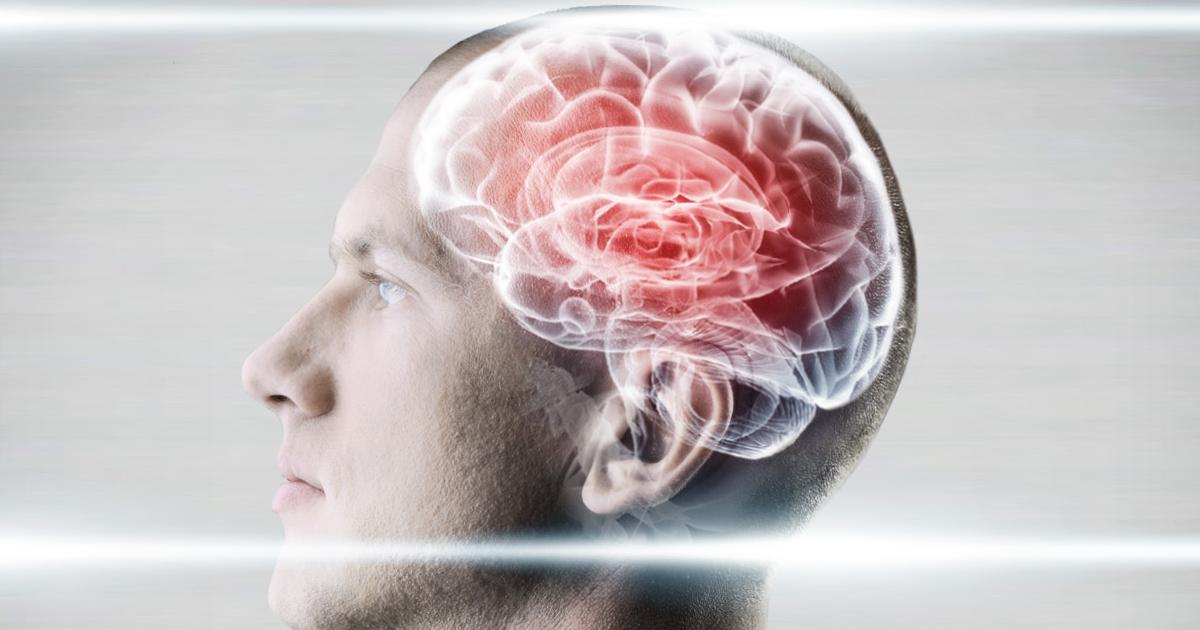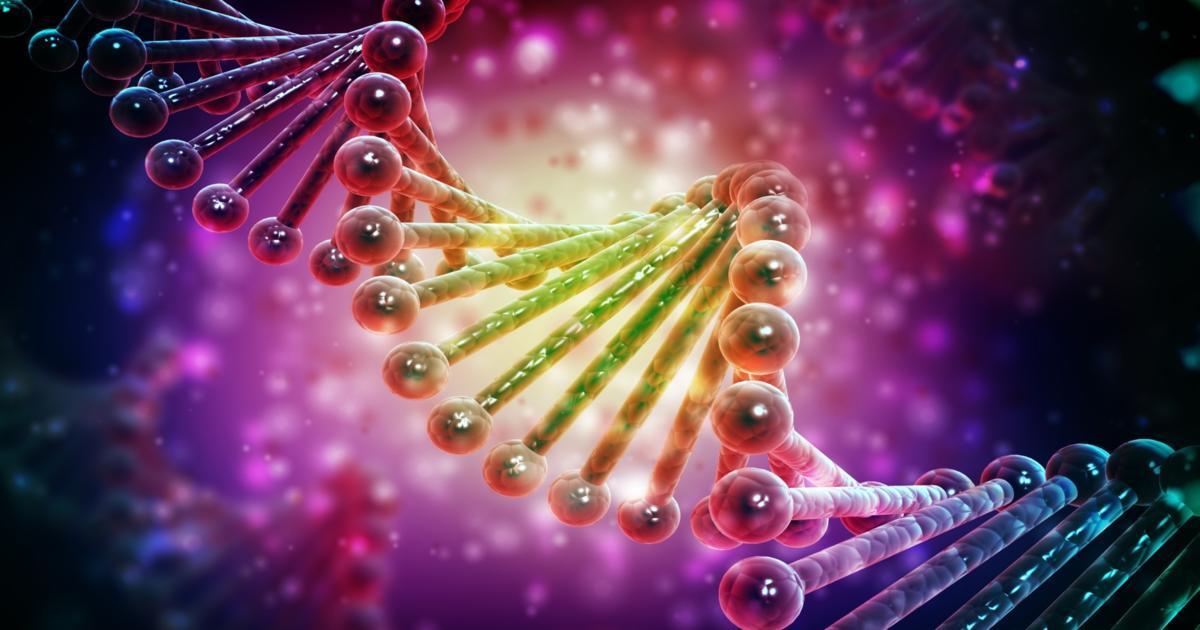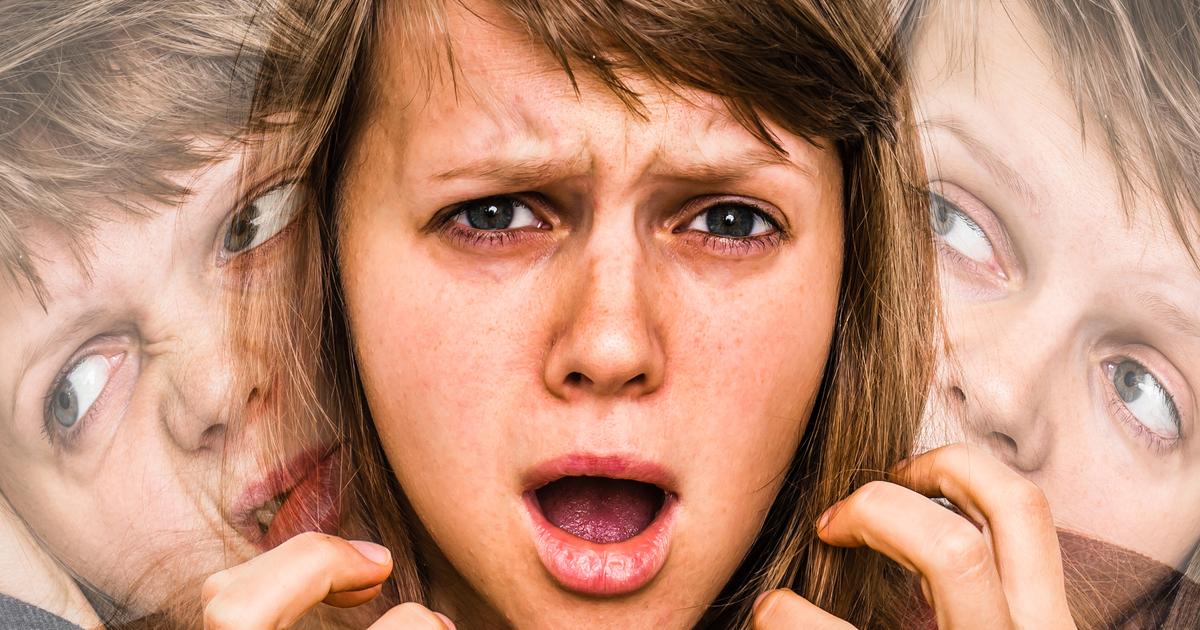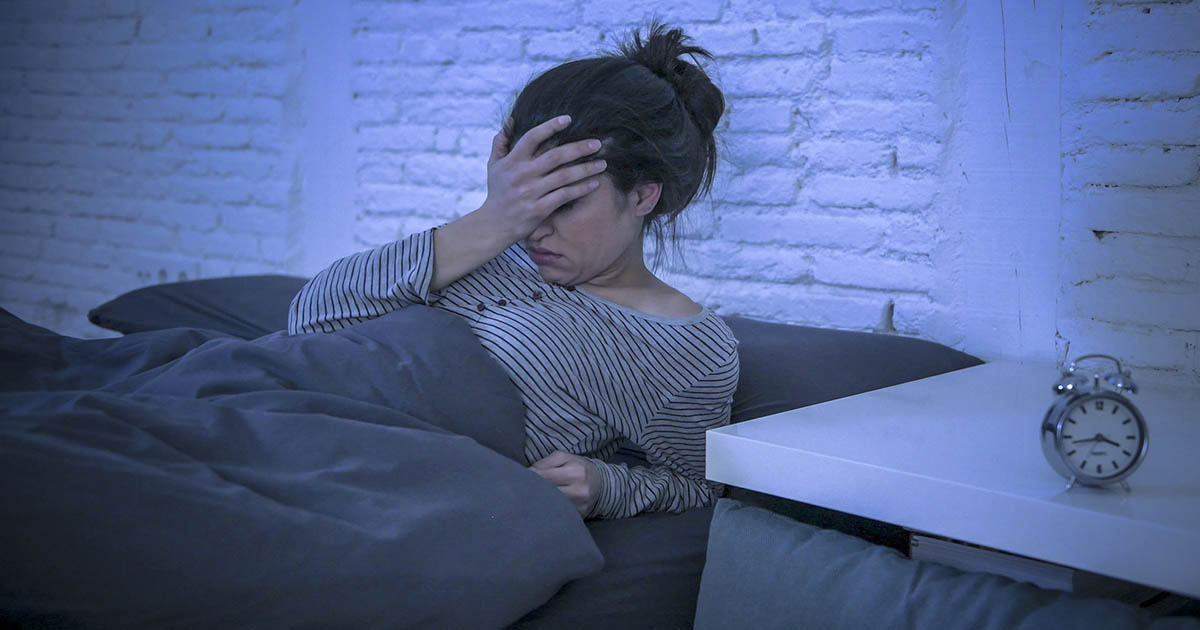Things Everyone Should Know About Dysthymic Disorder
Mental illness is the leading cause of disability in the United States. Since 2012, there has been a sharp spike in the number of diagnoses and prescriptions written for mental health disorders, especially amongst teenagers. Dysthymic disorder, also known as persistent depressive disorder, is a form of depression that is typically less severe than others. Due to this, dysthymia can easily go undiagnosed, which puts patients who have it at risk.
Unfortunately, there is no clear dysthymic disorder cure. However, dysthymic disorder treatment does exist. Many patients need to undergo significant psychotherapy, including cognitive behavioral therapy for dysthymia. Antidepressants are also used to treat dysthymic disorder in many individuals. Although less severe, dysthymia is still a huge concern.
Why Mental Health Matters

Recent studies have confirmed rising rates of depression and suicide among teens as well as adults, coupled with a decrease in access to mental health services and psychiatric treatment. Currently, approximately forty-three million adults in the United States have a mental health condition. Up to fifty-seven percent may go without treatment, increasing the risk of comorbidity, substance abuse, financial and relational problems, self-harm, and even loss of life. The suicide rate among teens spiked drastically between 2007 and 2015. It is still on the rise, with over half of youth aged eleven to seventeen years old reporting weekly thoughts of suicide or self-harm over a period of five years.
Dysthymia Prevalence

Dysthymic disorder affects up to five percent of the general population, which is equal to about three million Americans. Women are three times more likely to be diagnosed than men, but men with dysthymia are at a higher risk of death. The average age of diagnosis is thirty-one years old. However, it is also common in teens and young adults, as well as older generations.
Early-onset is defined as occurring before twenty-one years old, and late-onset if diagnosed at or over twenty-one years old. Individuals in the mid-forty to mid-fifty age range are twice as likely to be diagnosed than those who are eighteen to twenty-nine years old, and nearly three times as likely as individuals sixty years old or older. Remember, however, it most often begins early in childhood, adolescence, or young adulthood.
Causes

It is most likely that a myriad of factors is at play in a given case of dysthymia. Some of these factors include chronic stress or medical illness; maladaptive coping strategies, such as rumination; and changes or abnormalities in the neurotransmitters responsible for mood stability and emotional processing. Hereditary factors, such as having a relative with any kind of depressive disorder, and psychosocial factors, such as isolation, loss, or other traumatic life events, are also potential risk factors. Individuals who have borderline or antisocial tendencies and certain personality traits, such as codependency, pessimism, low self-esteem, self-criticism, and social anxiety, are also at risk.
Can Be Caused By Brain Chemistry

Although there is no exact cause known for dysthymic disorder, scientists have linked multiple potential factors to the condition. Studies indicate that brain chemistry can cause dysthymic disorder. The brain naturally makes chemicals called neurotransmitters, which are essential for healthy overall brain function. They also play a big role in regulating mood. When the brain does not make enough of certain neurotransmitters or makes too much, it can lead to mood disorders like depression, anxiety, and bipolar disorder. Individuals may develop depression or other mood disorders when there are changes in how neurotransmitters interact with the neurocircuits in the brain.
Can Be Inherited

There may be a genetic and hereditary component to the condition. Individuals with persistent depression often have family members who also have problems with depression. If they do have family members with persistent depression or other mood disorders, their risk of developing dysthymia may be higher than those without affected relatives. Right now, researchers are conducting studies to try to isolate genes related to depression. However, there have not been any conclusive studies that have found gene mutations linked to depression. As more genetic research comes to light over the coming years, there may be enough information to do genetic tests for an individual's depression risk.
Can Be Triggered By Life Events

There is research indicating that life events can trigger dysthymic disorder. The same is true of major depression. Life events can also bring on persistent depression, major depression, and generalized anxiety. In some cases, they may resolve as life circumstances do. For example, if the depression is brought on by financial problems, individuals may find their symptoms lessening when they are in a better financial place.
Similarly, if the death of a loved one brings on depression, individuals may find their symptoms abate as they work through their grief, process the loss, and move on. But in other cases, the depression will continue long after the life event has resolved itself. Research also shows that high stress can trigger dysthymic disorder.
Certain Personality Traits Heighten The Risk

Certain personality traits can heighten an individual's risk of developing dysthymic disorder. These traits may also make the disorder harder to treat. In many cases, talk therapy and cognitive behavioral therapy can help lessen negative thoughts and behaviors that cause distress. The main personality traits that heighten an individual's risk are ones involving negativity. If individuals have low self-esteem, they are more likely to feel bad about themselves, their life circumstances, and their future.
If they are very dependent on others and insecure about their ability to function independently, they are more likely to feel anxious and depressed. Perfectionists and those with high levels of self-criticism are also more likely to develop depression. A pessimistic outlook also increases depression risk. It is best to actively look for positive things along with negative ones. Individuals should engage in activities they enjoy and take time to acknowledge their good traits.
Symptoms

As dysthymia is a subtle form of mood disorder, it can be hard to detect, and symptoms may seem unrelated. In individuals with undiagnosed, early-onset dysthymia, some symptoms could be confused with typical adolescent behavior, such as teen angst, and therefore go unnoticed. Teens may then grow up believing it is merely part of their character and never seek treatment. Common symptoms to be aware of include withdrawal from social situations and activities; feeling blue, dark, or angry moods over sustained periods; experiencing a lack of motivation or pleasure in ordinary activities; avoiding opportunities to avoid the chance stress or failure; and, in more severe cases, suicidal ideation.
Long-Term Effects

If untreated, dysthymia can lead to an increased risk of self-harm and suicidal thoughts or actions. However, dysthymia patients are more likely than those with depression to make nonfatal attempts to receive treatment. Adolescents are especially at risk for decreased academic performance, drug and alcohol abuse, unwanted sexual encounters, as well as increased levels of relational dysfunction (at home, with friends, or with romantic partners). Furthermore, dysthymic disorder is associated with high unemployment rates, chronic pain, sleeping disorders, health complications, and mental or physical disability. In one long-term study, seventy-six percent of children with dysthymic disorder developed major depression, and thirteen percent developed bipolar disorder over twelve years.
The Difference Between Dysthymia And Depression

Despite its characterization as a milder form of depression, recent studies have concluded dysthymia can have severe consequences. Dysthymic disorder is characterized by earlier onset, greater withdrawal, and stronger feelings of pessimism or inadequacy than major depressive disorder, but fewer changes in sleep patterns, and less drastic weight loss or gain. While some causes of dysthymic disorder and major depressive disorder overlap, severe depression is more likely to be the product of a sudden or violent loss; domestic, childhood, or sexual abuse; or experiencing war or another intensely traumatic event or series of events. As a result, depressed individuals have more severe and noticeable symptoms than those with dysthymic disorder.
Dual Diagnosis

Dysthymia is known for its high instances of comorbidity. This means it often co-occurs with other mental disorders such as anxiety disorders, schizotypal disorders, bipolar disorder, and major depressive disorder. Approximately forty percent of dysthymic adults also meet the criteria for major depression or bipolar disorder, and half will have substance abuse issues over their lifetimes. Double depression occurs when an individual with dysthymic disorder also suffers from recurrent but temporary episodes of major depressive disorder. Individuals with co-occurring mental health or substance abuse issues have lower chances of recovery or remission than those who do not have an additional mental illness.
Related Disorders

Co-occurring symptoms can be indicative of more severe problems, such as when depressive or dysthymia episodes alternate with periods of hypomania. Cyclothymic disorder is a mild form of bipolar disorder characterized by these alternating states. Since hypomania periods do not progress into the hypermania exhibited by bipolar disorder patients, cyclothymic disorder patients are sometimes misdiagnosed with dysthymia. Depressive episodes are not as severe as with bipolar or dysthymic disorder, and generally, do not last more than two weeks. Manic episodes are characterized by a decreased sense of control or productivity rather than unnerving bouts of energy or feelings of invincibility.
Related Disorders Continued

A significant component of dysthymia and other mood disorders is anhedonia, which is the decreased or complete inability to experience pleasure. This can impact eating, playing games, exercise, hobbies, singing, sexual activities, or social interactions. It is believed to be caused by a disruption in the brain's pleasure response and poor dopamine regulation. Anhedonia is prevalent in schizophrenia. It has high rates of comorbidity with depression and social anxiety, as well as other mood disorders, including dysthymia. It can be consummatory (a lack of pleasure in typically pleasurable experiences) or motivational (a lack of desire to engage in enjoyable activities).
History

While traditionally considered a passive, less severe form of depression, dysthymia was originally measured solely by the level of enjoyment observed in patients. Later studies of the disorder concluded there were two categories of dysthymic patients. The first is anxious dysthymia, characterized by pronounced restlessness, low self-esteem, and sensitivity to interpersonal rejection. The second is anergic dysthymia, which is characterized by symptoms like anhedonia, hypersomnia, and chronically low energy levels. The fifth edition of the American Psychiatric Association's Diagnostic and Statistical Manual (DSM-5) consolidated the definitions of dysthymic disorder and chronic major depressive disorder under a single classification: persistent depressive disorder.
Diagnosis

Before making a diagnosis, doctors will likely perform a physical exam, bloodwork, and a psychological evaluation. For an adult to be diagnosed with dysthymia, their depressed mood must persist for two or more years. However, children are diagnosed after only one year. Patients must also exhibit two or more of the following symptoms while depressed: poor appetite or overeating, insomnia or hypersomnia, poor concentration or indecisiveness, or feelings of hopelessness. Up to fifty percent of the population in the United States living with dysthymic disorder do not receive a diagnosis. In addition, approximately ten percent will go on to develop major depression in their lifetimes, making it vital for individuals experiencing these symptoms to seek appropriate treatment.
Treatment

Treatment for dysthymic disorder can range from lifestyle changes, like exercise and stress management, to talk therapy and medication. Typical forms of talk therapy used to treat dysthymia are cognitive behavioral therapy (CBT), interpersonal therapy (IPT), and psychodynamic psychotherapy. CBT and IPT are both short-term treatments. However, while cognitive behavioral therapy focuses on recognizing and learning to redirect negative thought patterns, interpersonal therapy addresses immediate issues and interpersonal conflicts. Psychodynamic therapy explores the underlying cause of depression.
Antidepressants are also an effective form of treatment. Selective-serotonin reuptake inhibitors (SSRIs) are most effective for individuals with anxious dysthymia. Patients with anergic dysthymia are more likely to be prescribed DRIs or NDRIs, which regulate the chemicals dopamine and norepinephrine. In some cases, lithium therapy is also appropriate.
Prevention

While there is no real way to prevent dysthymic disorder, early intervention and patient education are the best tools to prevent negative health outcomes and increase quality of life. Since the disorder often begins in childhood, it is especially important for parents to observe their children for psychosomatic symptoms of depression. These include trouble sleeping and interpersonal dysfunction. What could be perceived as shyness or trouble adjusting to a new bed could be indicative of the effects of stress on a child's developing brain. Fostering an environment of communication, and learning constructive forms of coping and problem solving, can also reduce rates of comorbidity and mortality.
Complications Of Dysthymia

There are several potential complications linked to dysthymic disorder. Since affected individuals struggle to enjoy themselves or experience positivity, their overall quality of life is reduced. They may also stop taking care of themselves in terms of mental self-care, basic hygiene, and upkeep of relationships. Dysthymic disorder predisposes individuals to develop anxiety disorder, major depression, or other mood issues. Some individuals begin abusing substances like alcohol and drugs to cope with their feelings. The condition can lead to familial conflicts and difficulties in relationships. It can also make the ability to focus harder and cause individuals to feel less motivated, which leads to problems in work and school. Their productivity may decrease. There is a high comorbidity rate between dysthymic disorder and chronic pain. Any type of depression raises the risk of suicidal thoughts or actions.
